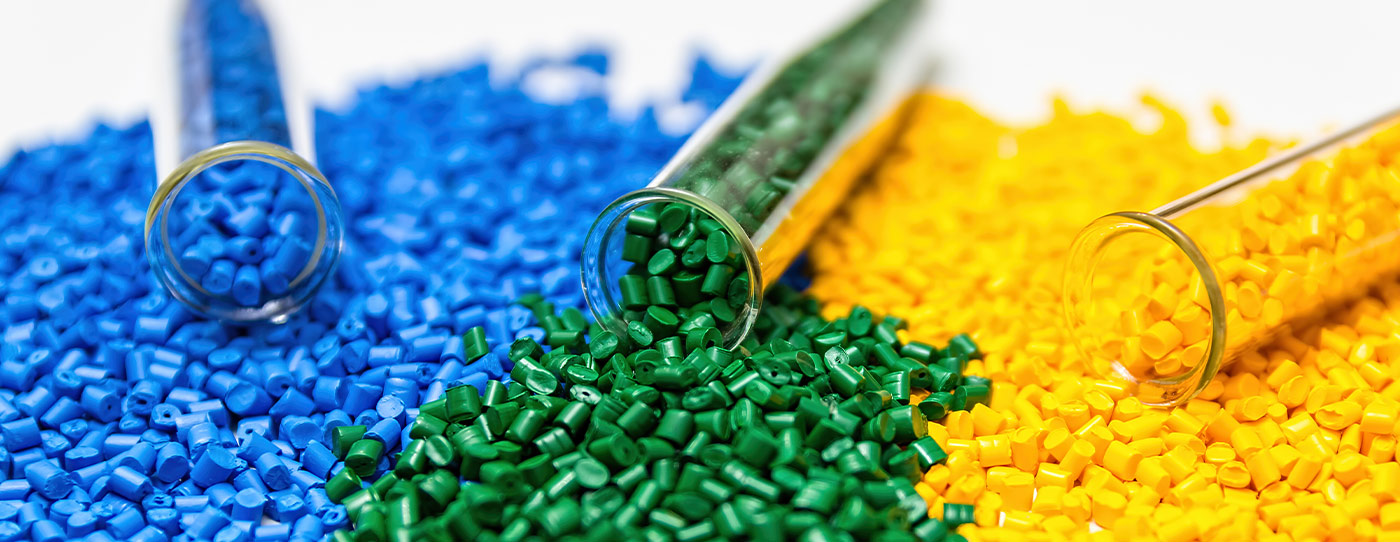
What are the Petrochemical Products We Use in Daily Life?
Petrochemicals are synthetic materials derived from petroleum and natural gas. This definition may not mean much to you. Still, petrochemicals are part of a wide variety of products we use daily. Plastics, adhesives, paints, detergents… These are just a few of the petrochemical products. The final products, which go through many processes, are so different from the raw material that it is difficult to distinguish which one contains petrochemicals. Let's take a broader look at the petrochemicals we use in our everyday lives.
- Teflon
Teflon is found in almost every kitchen and is made from petrochemicals. It is used in many industries with its heat-resistant, non-combustible, and non-stick structure and is among the most preferred materials with its easy-to-process and robust structure. In addition, it has less friction than most solid materials. With all these features, Teflon is used in our kitchens as well as in space exploration, the defense industry, and industrial products.
- Diaper
Polymer, a petrochemical product, is in our daily lives with its super absorbent feature. Diapers used all over the world are also produced using super-absorbent polymers. This petrochemical product, also included in adult diapers and sanitary pads, can absorb liquids up to hundreds of times its weight. The giant petrochemical producer in Türkiye, PETKİM, alone meets a significant portion of the industry's raw material requirements with its production of polypropylene, a thermoplastic polymer.
- Plexiglass
Also known as plastic glass, plexiglass is a petrochemical product used daily. Its glass-like structure and the fact that it is more robust and easier to process than glass makes plexiglass more advantageous. Plexiglas, which has a wide range of uses from furniture to bathroom and kitchen accessories, from jewelry to boat and yacht decoration, can be easily shaped by softening at a temperature of 90 degrees.
- Paint and cosmetic products
Petrochemicals color our lives with paint used in everything around us. Cosmetic products such as lipstick and perfume, which many people use daily, also contain petrochemical materials. MEG (mono ethylene glycol) and PA (phthalic anhydride) products produced by PETKİM are used extensively in the paint industry.
Toothbrush, detergent, and soaps
Petrochemicals are also included in cleaning products and are used to produce toothbrushes, detergents, and soaps that we use daily. The olefins' petrochemical material helps clean oil and dirt residues by foaming in detergents and soaps. Firefighting foams are also petrochemical products. Polypropylene and caustic product produced in PETKİM are used in the hygiene sector.
- Gore-Tex
Gore-Tex is a very thin fabric with 1.4 billion pores per square centimeter. Produced from durable materials such as nylon or polyester, Gore-Tex's molecules are so small that vapor molecules can easily pass through, not liquid water particles. This fabric keeps water, snow, and wind out while allowing the water vapor accumulated inside to escape. Gore-Tex, which is in demand from many industries with these features, also offers successful results for those who are interested in outdoor sports. Polyester fiber, a textile product, is produced from PTA (pure terephthalic acid) and MEG (mono ethylene glycol) products in PETKİM.
- Rubber
The rubber we use almost everywhere is a material made out of wood. It is used in many areas with its resilient and durable structure. It can also be synthetically produced with petrochemical products. Rubber, which has a wide range of uses from automotive to industry, from construction to home electronics, is also used in our shoes. The C4 product, one of the primary raw rubber materials, is also produced in PETKİM.
- Nylon
Here is the material in which petrochemistry is used most widely: Polyamide, also known as nylon. Nylon, a petrochemical material resistant to heat, abrasion, and chemicals, is a must-have in all walks of life. Clothes, packaging, bags… Plastic products, wherever we touch and see, describe the role of petrochemical in our lives very well. The C4 raw material used in the Nylon 6 is produced in PETKİM.